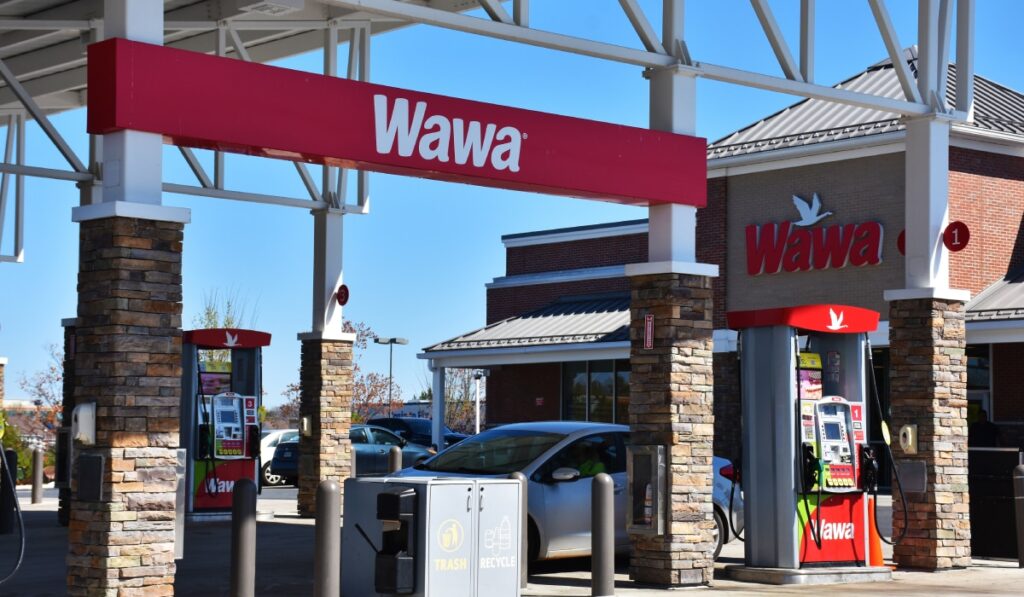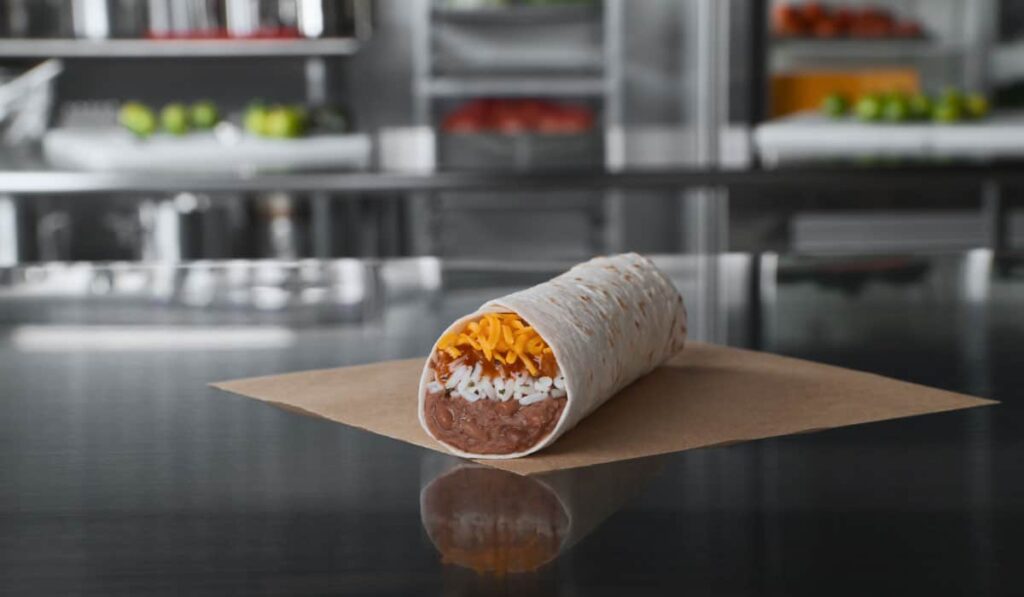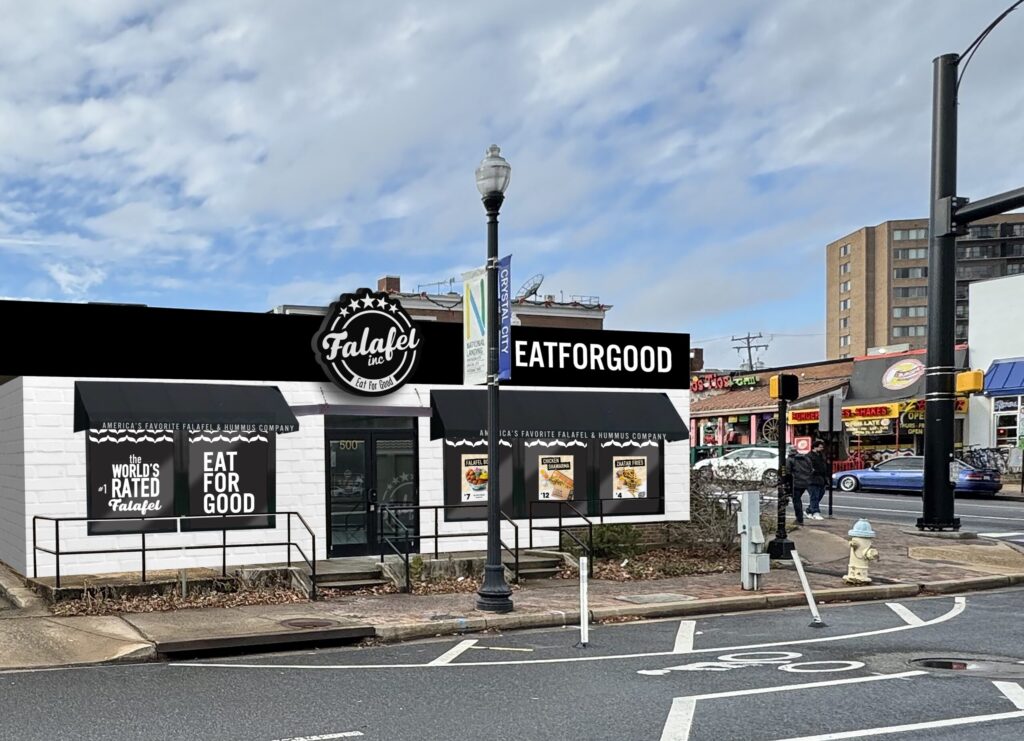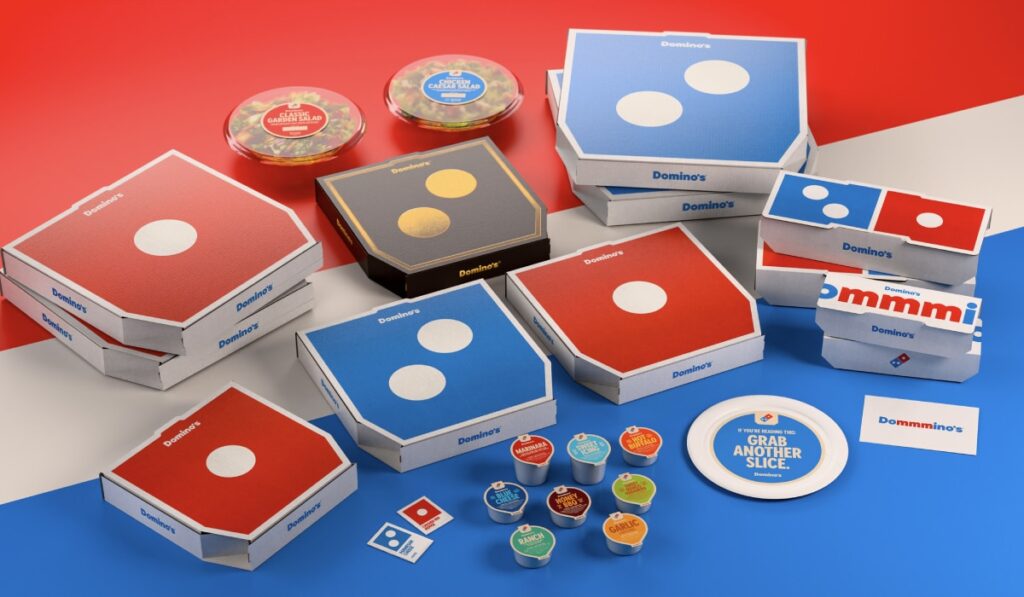C-Stores Narrow the Gap with QSRs in Foodservice

Once known primarily for roller-grill snacks and packaged treats, convenience stores have transformed into bona fide food destinations. Some are rivaling QSRs in menu quality and execution.
Regional players like Wawa and Buc-ee’s and turnkey brands such as Krispy Krunchy Chicken and Hunt Brothers Pizza are reimagining what “convenience” means. The lines are becoming more blurry each day.
Aaron Garcia, partner at private equity firm Main Post Partners, sat down with QSR magazine to share insights on what’s fueling this evolution, how operators are balancing investment and innovation, and why the race to win the consumer’s mealtime stop is just heating up.
What’s driving the push for higher-quality, restaurant-style food within the convenience channel? Is it customer demand, competition, or a mix of both?
Food service within the convenience store channel has been evolving over the past two decades driven by several factors, namely a combination of innovative operators (Sheetz, Wawa, Buc-ee’s, Casey’s), convenience store focused third-party brands (Hunt Brothers Pizza, Krispy Krunchy Chicken, F’Real), and changes in consumer expectation on quality from this unique channel with over 150,000 locations throughout the U.S.
Traditionally known for hot-dog rollers and grab-and-go snacks, convenience stores have increasingly blurred the lines between their offerings and traditional F&B restaurants by leaning into broader food-court type menu offerings with many items prepared freshly in-store (Pizza, Sandwiches, Fried Chicken, Tacos, etc.)
COVID helped accelerate this evolution for both operators and consumers. During that time, convenience stores remained open as essential businesses while many restaurants were forced to close. Consumer traffic increased, behavior patterns shifted, and operators were able to capitalize on this unique period of trial.
Fuel sales have long been the cornerstone of c-store profitability, but they’re volatile. How has foodservice become a more reliable profit engine for operators?
According to NACS, inside sales (non-fuel) have increased for 22 straight years with food service being the largest contributor to that growth. Operators have found food service to deliver both stable and higher margins relative to other categories, which has been a key factor to their focus on driving growth in this area of the store over the past two decades. In addition to higher, stable margins, categories like cigarettes and alcohol have continued to decline within the channel, putting pressure on operators to find replacement profit streams.
Larger operators often utilize in-house or private label brands for their food service offering. To compete with larger operators, independent convenience stores, which make up roughly two-thirds of the locations, have looked to turn-key third-party brands like Krispy Krunchy Chicken and Hunt Brothers to have a high-quality competitive offering. As an example, a program like Krispy Krunchy Chicken will typically help drive incremental sales of 15-20 percent from the new food program and also add additional non-program inside sales from the uplift in traffic and basket-build with higher average check.
What investments—in equipment, labor, or supply chain—are necessary to successfully scale a QSR-quality food program inside a convenience store?
Depending on the operator’s approach, investments in equipment, labor and infrastructure can vary. Some larger operators have built vertically integrated ecosystems to service their food service needs and have standard new unit prototypes that incorporate the equipment needed for their programs.
A majority of the stores within the channel are existing locations that are often “adding-in” new food service programs to their existing store footprint. Third-party brands provide equipment packages, which, depending on the food program, can range from $10k-$35k. They utilize existing space and cold storage within the store, helping minimize costs and often have a hybrid type labor model that allows the operators to align staffing levels with peak vs. low demand dayparts. Third-party programs also provide turnkey solutions for the supply chain, training, and branding / marketing / menu innovation.
With QSRs now competing more directly with c-stores, what do you see as the competitive edge for convenience players in this space?
While competing more directly with traditional F&B restaurants, convenience stores are not setup to drive traffic solely for the purpose of F&B purchases. That said, they are positioned to increasingly convert existing traffic that is visiting the store for a variety of reasons into a potential food service customer. They provide consumers the opportunity to bundle activities (i.e. fuel and food for the family in one stop), often have extended hours / dayparts, and provide a much wider variety of options beyond just food service items that can create a unique basket combination.
The store-within-a-store model also provides the ability to leverage fixed costs that traditional restaurant concepts cannot. Rent, utilities, and even labor can be spread over the full store vs. just the dedicated food service concept. Very little is spent on external marketing to drive traffic – instead signage / merchandising is used at the store to convert existing traffic, providing an additional P&L benefit to the operator. Menu pricing is typically highly competitive to traditional QSR and at times can have promotional entry point items as well that drive conversion / basket building.
Conversely, how do you see QSRs adjusting as c-stores move further into their territory?
Traditional QSR concepts have competed within the convenience channel historically through franchising. Some challenges arise though when traditional models are not able to flex their offerings or agreements to fit this unique channel.
The very recent acquisition of Potbelly by RaceTrac was another example of the continued convergence of traditional QSR and convenience. They have stated the concepts will remain separate, but it will be interesting to see if any attempt is made to layer in some of the Potbelly offering into RaceTrac stores.
Looking ahead, do you see the line between c-store and QSR continuing to blur, or do you expect the categories to redefine themselves in new ways?
Competition between traditional F&B restaurants and the convenience channel will continue to increase, especially as more operators within convenience commit to elevating their food service programs. Ultimately the consumer will decide on which channel provides the best combination of value (not just price) to meet their needs. Given constraints on time and schedules, food away from home will remain an important staple within the consumer wallet, benefitting all players within the category.
Author: Staff Writer | Courtesy of “Forbes” | Edited for WTFwire.com | SOURCE: QSR Magazine.
: 23







